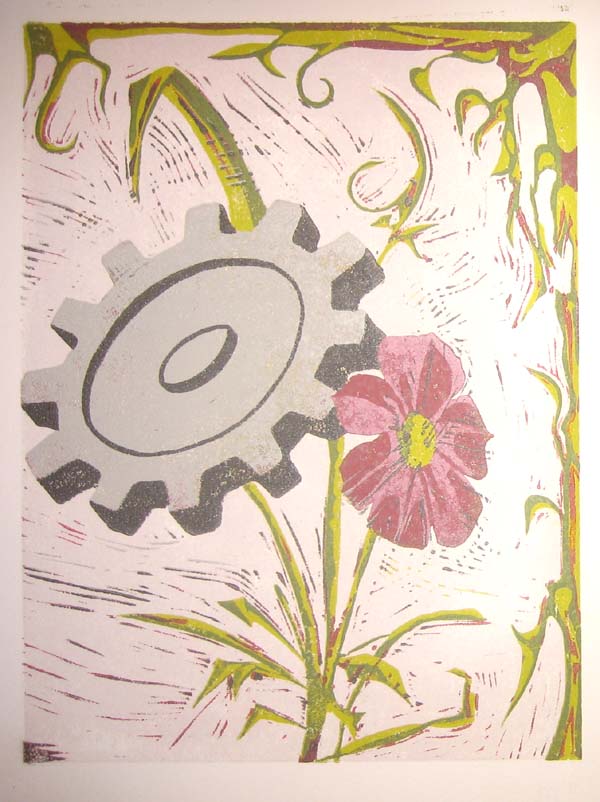In previous posts, I have brainstormed on certain qualities that may help to define what is unique about art created for the. Keep in mind, when I say “web art”, I don’t mean art done in traditional mediums and merely displayed or distributed using the internet, I mean artwork that is created to use the internet as the medium to make the artwork.
Past posts in this series have talked about what web art may be, and some of the qualities that define it. You can check out these previous posts here:
In this post I am going to discuss a couple of examples of honest to goodness web art, so that you can get an idea of what exactly I have been talking about. These examples each show at least some of the qualities of web art that I discussed previously.
Piano Etudes
First up as an example is Piano Etudes by Jason Freeman. The artist composed and performed these Piano Etude (short pieces of music for piano), but then went a step further. The recorded music was broken up into little pieces, and the user can arrange these pieces however he would like, creating his own arrangement. The user gets to work with short pieces of music created by the artist, and the result is a collaboration between the artist and the user.
This collaboration is a little different than the usual artist collaboration, where two artists work in tandem to create a finished work. In this collaboration, one artist creates the building blocks that can be used, and the user assembles them. In this way, the user becomes an artist themselves, as he plays an integral part in creating a finished piece of music.
Here is an example of Piano Etude 1 arranged by composer, friend, and frequent blog commenter Tiven.
These Etudes incorporate non-linearity in an interesting way, and also relies on user interaction. This type of project is unique to computers, and to the internet. This type of experience cannot be created with traditional media.
Web Yarns
Alan Bigelow makes interactive stories. You can find them at WebYarns.com. Each one of these requires the user to guide themselves through the story, which is presented with words, images, and sound. The path through his stories are often non-linear, the user must determine the path through the story. The artist does not have total control over the experience, and lets interaction by the user play a large role in the unfolding experience of this work of art.
I was particularly drawn to Because You Asked, perhaps because of my affinity for self-portraits. I suggest clicking on the link before reading more, because I will be talking about the specifics of the piece of art. The final multimedia portrait that is created as the user navigates the work of art is pre-determined, but the path, and the experience while that final product is created is up to the user. The start point and the end point are set, the time and order in which each of the phrases that make up the portrait is up to the user. Some aspects of the progression of time are left up to the user to determine, such as when certain phrases are revealed, but other aspects of time, primarily how long it takes for the final image to emerge, are part of the programming.
= = = = = = = = = = =
As I find new works of web art that I find interesting, I will post them here, and discuss them.
Coming up next, I’ll wrap up this series, and in particular discuss the relationship between programming and creativity that is a unique part of web art.
